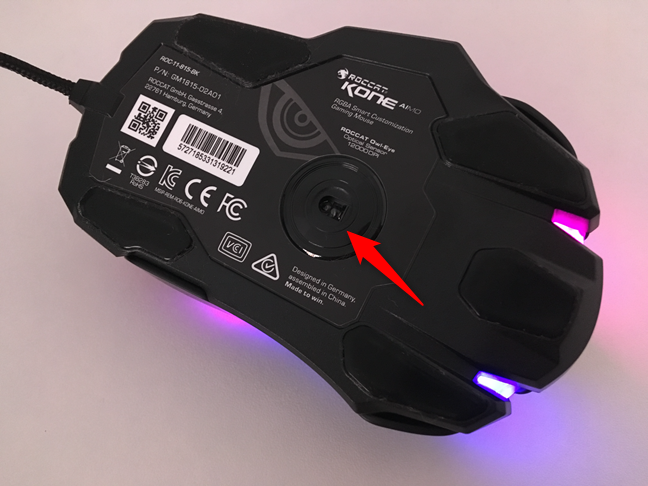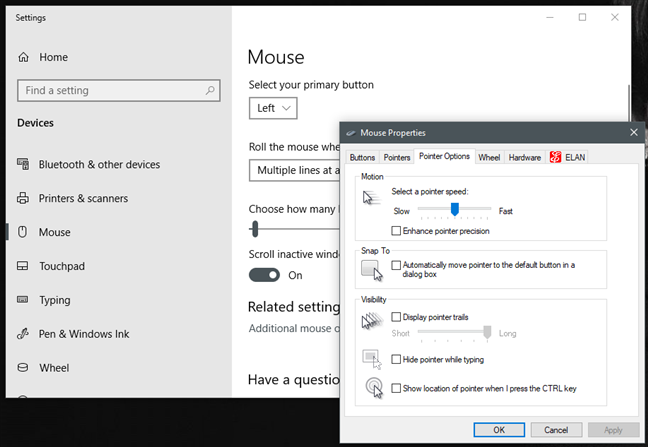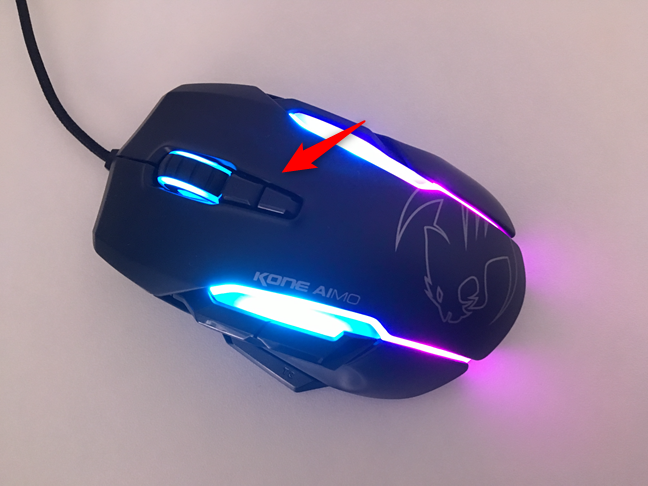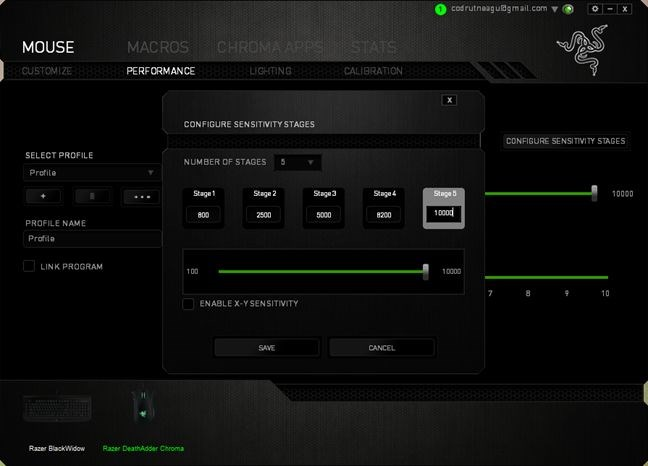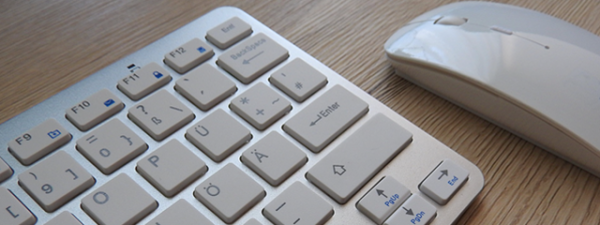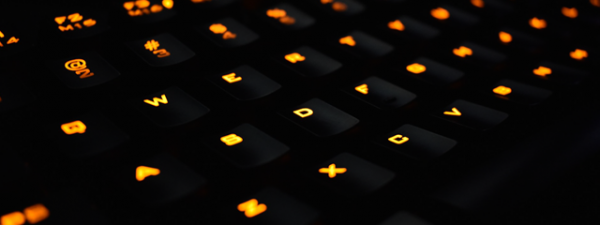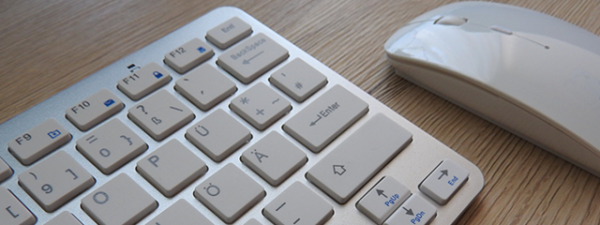
DPI is a term that is commonly used when referring to photography, but also to computer mice, especially gaming mice. Do you know what DPI means when used for computer mice? Do you know why every major manufacturer of gaming accessories (Razer, ASUS RoG, SteelSeries, etc) shows off with their latest high-DPI mouse? Does a high DPI always make a good mouse? If you want to find out what DPI is when discussing about a mouse, read this article:
What is DPI (Dots Per Inch) for a computer mouse?
A computer's mouse DPI is a hardware specification that tells you how fast your mouse moves. DPI is an acronym for Dots Per Inch, and mouse DPI refers to the mouse' hardware sensitivity. A higher DPI means that your mouse moves faster, while a lower DPI means that your mouse moves slower.
How does that work? First, you must know what makes a computer mouse move. The DPI resolution of a mouse is given by the hardware sensor inside it. The sensors commonly used by mice these days are of two types: optical and laser. Both types of sensors use light to detect the movement of the mouse. Optical mice use normal light, while laser mice use infrared light. Regardless, the bursts of light emitted by the mouse are read by an internal processor that maps them and transforms them into movement. With a higher DPI specification, you get faster movement because the mouse throws more light, faster, on the surface on which you use it.
You should also know that DPI is not actually a correct term when referring to mouse sensitivity. The correct term is CPI, or Counts Per Inch, which is the sum of virtual pixels that the sensor of a mouse detects on the surface it moves on.
Most mice have a sensor that is only able to count 800 up to 1600 DPI. That is because the sensors found on mice are limited in their physical size and cannot get higher resolutions. To counter this limitation, many hardware manufacturers use virtual pixels which the mouse sensor counts, instead of physical dots on your desk or mouse pad.
To make it easier to understand, imagine that the sensor on a mouse can count 800 dots when you move it one inch. Manufacturers can create sensors that count four or more virtual pixels for each physical dot they see. That means that a mouse sensor that has a physical DPI of 800 can actually get to resolutions equal to 800 multiplied by 4 or more virtual dots. The result is that you can have mouse sensors with 3200 DPI when in reality it is only capable of detecting and reading 800 dots on your desk or mousepad. This is how manufacturers create mice that offer sensors with DPI resolutions as high as 12,000 or 16,000, and that is why most mouse sensors have DPIs that you can divide to 800 - 1600, which are their real physical DPIs.
Unfortunately, when mouse sensors split physical dots into virtual dots, they also make space for error and noise. That, in turn, makes the mouse inaccurate, which is the exact opposite of what you want. For that reason, sometimes a lower DPI is better than a higher DPI. The only right answer for why manufacturers are pushing the limits for mouse sensors resolution is that it is a great marketing trick that allows them to stand out.
How to find out what DPI your mouse has
One way to find out is to check the mouse' hardware specifications. You should be able to do that on your mouse's support website, or in its user manual. Another is to install the drivers and the software of the mouse that you are using and see what DPI settings are available in the mouse's app(s).
How to set your mouse's DPI?
Some computer mice have sensors with fixed DPI, meaning that you cannot change their hardware sensitivity (or speed if you prefer). Most regular mice have a standard DPI of about 800 to 1200 DPI. However, you can adjust their speed using software. This does not mean that you change the mouse's DPI though - you only adjust a multiplier of that default speed using an app designed for this purpose. Although you could use third-party apps for that, the easiest way is to use the settings offered by your operating system. In case you are using Windows 10, here is a guide that can help you: How to configure the mouse in Windows 10.
Gaming mice from brands like Razer, SteelSeries, ROG, HyperX, ROCCAT, and so on, are usually equipped with high-tech sensors that offer customizable DPI that can go as up as 16,000 (that is 16 times more than a regular mouse designed for Office PCs or business laptops). The DPI sensitivity of these mice can be set to various standard values that were pre-set by their manufacturers, and some also accept exact values that you choose as you like. Some gaming mice have dedicated DPI buttons on them which cycle through DPI values when you press them. Most gaming mice also come with specialized apps that let you adjust DPI or set custom DPI steps.
What are the best mouse DPI values for gaming?
This is an interesting question with many answers. Some gamers swear by low DPI values, while others want the largest DPI values possible. However, in the gaming world, it is common that gamers who play mainly first-person shooters prefer low DPI values as low as to 800 or 1200 because that allows for better control when using a sniper rifle for example. However, if you are playing a game on a high-resolution screen (like 4K), a higher mouse DPI could be better for you. For example, while I prefer using my mouse on an 800 DPI setting on a 1080p screen, our chief-editor likes using a sensitivity of 5000 DPI on his mouse, as he works and plays on a dual-monitor setup, with 2K resolution on each. The real answer to the question is that you have to experiment to see what is the best option for you.
What DPI do you use on your mouse?
Now you know what DPI means when talking about a mouse. You know that it is a hardware specification and you have probably realized that it does not mean all that much. Some people might even say that mouse DPI is just a marketing gimmick and does not matter. We are curious: do you use a low DPI mouse or do you prefer a gaming mouse with high DPI specs and customizable profiles?


 07.01.2019
07.01.2019 